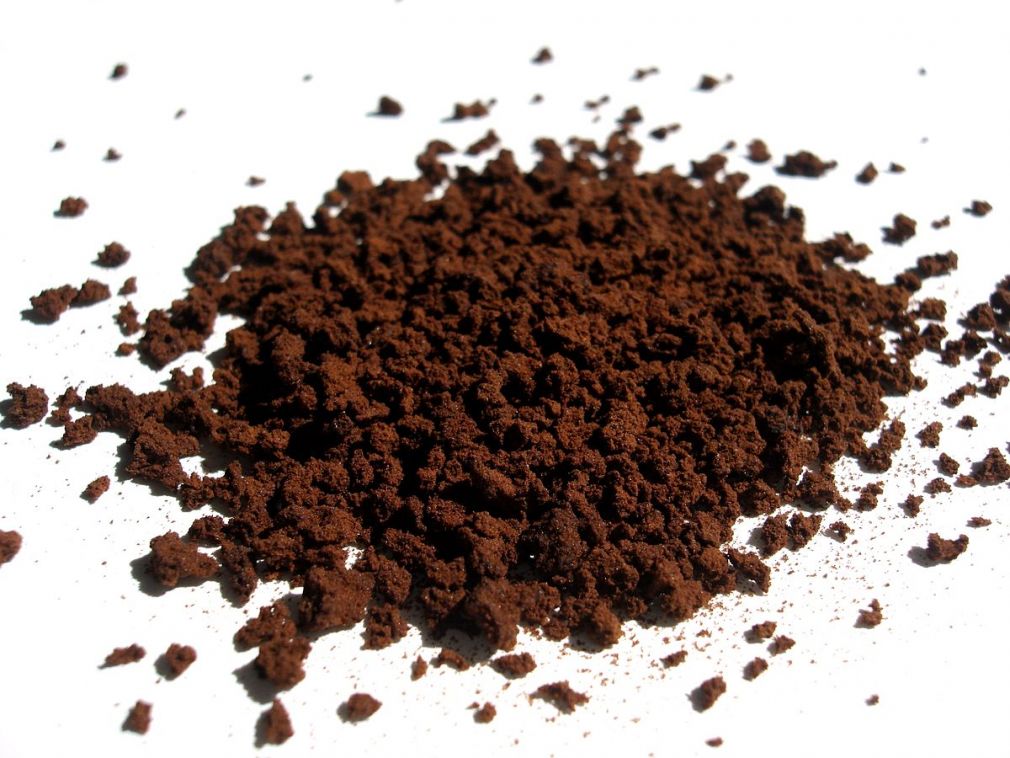History of Instant Coffee
- Written by Super User
- Be the first to comment!
- font size decrease font size increase font size
 History of Instant Coffee
History of Instant Coffee
History of Instant Coffee
Mention instant coffee to any connoisseur and you are sure to get a frown of disgust. Yet, who among us hasn't, after finding the coffee tin empty, scoured the cupboard in desperation with hopes of finding a long since misplaced jar or 'hotel packet' of instant coffee? And, after sighing in relief, relished in amazement that it is still good after all those years of obscurity, abandonment and outright neglect on the dusty top shelf at the back of the pantry. You haven't? Well maybe I just like to live dangerously.
Instant coffee, or soluble coffee, as it was originally called dates back as early as 1771 when the British government granted a patent for a 'coffee compound'.
Instant coffee is made by brewing a concentrated liquid solution of real coffee, then removing the water through various means of dehydration. What is left, the residue, is instant coffee. Early methods of dehydration involved spraying the concentrated solution into heated stainless steel drums and after the water had evaporated the drums were scraped and the powdery residue was packaged. The taste was scorched, pungent and bitter to say the least. If you have ever left a pot on the burner too long and have ended up with a charred disgusting mess in the bottom of the carafe, then you have made instant coffee.
The next advancement in instant coffee came in the 1960's when the process of agglomeration was introduced. Particles of instant coffee were steamed and made sticky so they would clump together. The clumps were then redried by reheating. The result was a better looking product that closer resembled ground coffee but the flavor may have actually been degraded even further by the additional heating cycle.
Most recently the process of lyophilization or 'freeze-drying' has become the standard method of making instant coffee. This method is a vast improvement over other methods for two reasons. The first is that the coffee concentrate is extracted under high pressure so the water used never actually boils even though the water is well above the boiling point.
The second is that the water is removed without adding heat which helps preserve the coffee flavor. The concentrate is then frozen and placed in a vacuum chamber and the temperature is raised to just above freezing, at which point one would expect the mixture to melt. However, since it is in a vacuum the frozen water is prevented from becoming a liquid. But since the temperature is above freezing the solid water (ice) goes directly from a solid to a vapor. It is then vented to a separate chamber where it is refrozen as pure water. What is left in the vacuum chamber is the coffee residue.
Even with the improved process of freeze drying instant coffee remains a sad substitute for the real thing.
© Copyright Randy Wilson, All Rights Reserved.
Randy has more articles on coffee such as Colombian Coffee, Coffee and Alzheimers and Coffee Breaks.





